Human activity is pushing Earth to dangerous levels at seven of eight key planetary health and safety markers.
Water resources are one of the factors that show the health of the Earth in the analysis. Photo: AP
Beyond climate disruption, the report by the Earth Commission’s scientists provides worrying evidence that the planet is facing crises in water, environmental nutrients, ecosystem maintenance and aerosol pollution. These are threats to the stability of life-support systems and lead to less social equality, according to the analysis published on May 31 in the journal Nature.
The new study is the most comprehensive attempt yet to combine key indicators of planetary health with human well-being, according to lead author Professor Johan Rockström. The Earth Commission, formed by dozens of the world’s leading research institutions, is using the analysis to form the scientific basis for the next set of sustainability goals, beyond the current focus on climate. The organization hopes cities and businesses will adopt the new goals as a way to measure the impact of their activities.
The situation is dire in almost every category. On climate, the world has set a target of limiting global warming to as low as possible 1.5 to 2 degrees Celsius above pre-industrial levels. The Earth Commission stresses that this is a dangerous threshold, with many already suffering from the extreme heat, droughts and floods that come with the current 1.2 degree temperature rise. The safe target, it says, is 1 degree Celsius above pre-industrial levels, which would require major efforts to reduce atmospheric carbon dioxide.
To achieve this goal, about 50-60% of the world’s land area must contain natural ecosystems. However, the reality is that only 45-50% of the planet has intact ecosystems . In human-modified areas such as farms, cities and industrial areas, at least 20-25% of land should be reserved for semi-natural environments such as parks and green spaces to maintain ecological functions such as pollination, water quality regulation and pest management. However, about two-thirds of modified land does not meet this target.
Another target is aerosol pollution, which builds up from car exhaust, factories, coal, and oil and gas power plants. At a global scale, the report focuses on reducing the imbalance in aerosol concentrations between the Northern and Southern Hemispheres, which can disrupt monsoons and other weather patterns. At a local scale, such as in a city, the report agrees with the World Health Organization (WHO) that annual exposure to 15 micrograms of fine particulate matter (PM 2.5) can damage the lungs and heart. This is a social equity issue, as poor people tend to suffer the most because they live in the most vulnerable areas.
The safety line for surface water is that the proportion of river flow that is blocked by water accumulation should not exceed 20%, because this can lead to reduced water quality and loss of habitat for freshwater species. This safety line has been exceeded in one-third of the world's land area due to hydroelectric dams, irrigation systems, and construction. The same problem applies to groundwater systems, where the safety line is that aquifers cannot be depleted faster than they can be replenished. However, 47% of river basins are shrinking at an alarming rate. This is a big problem in population centers like Mexico City and agricultural regions like the North China Plain.
Nutrients are another concern, as farmers in richer countries are spraying more nitrogen and phosphorus than their crops and soils can absorb. This temporarily boosts yields, but the chemicals end up in river systems, causing algal blooms and making water unhealthy for drinking. The safe limit in this case is a global excess of 61 million tons of nitrogen and 6 million tons of phosphorus.
The analysis of the state of the Earth is bleak, but not without hope, according to the team. “Our doctors have diagnosed the Earth as being quite sick in many areas. This is affecting the people who live on Earth. We cannot just treat the symptoms, we have to address the root causes,” said Joyeeta Gupta, professor of environment and development at North China Plain University and co-chair of the Earth Commission.
According to An Khang (VNE)
Source




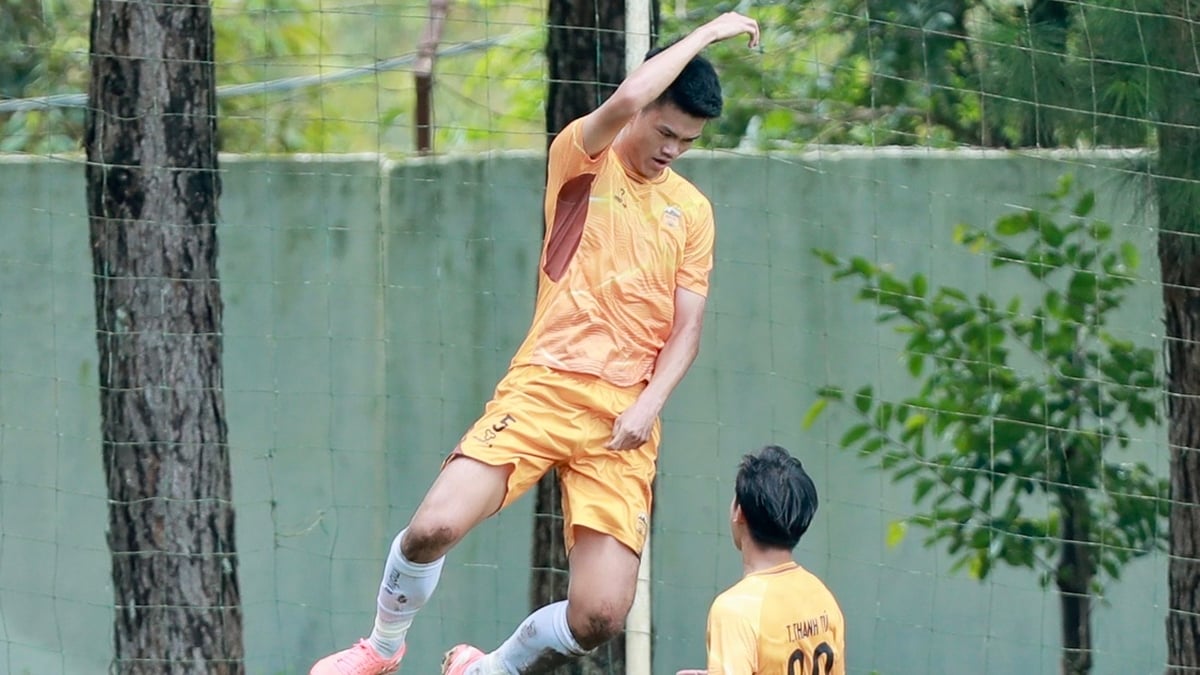





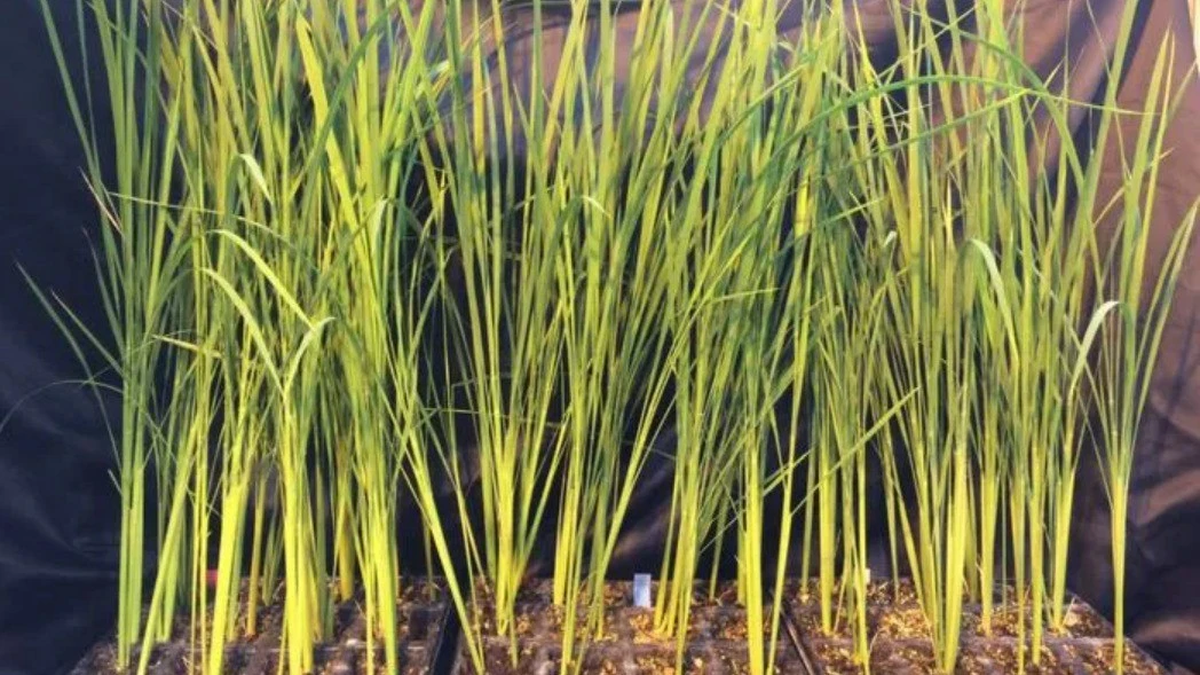


























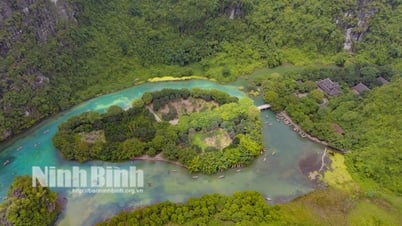





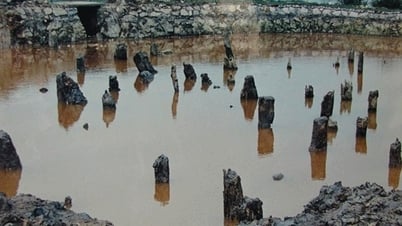






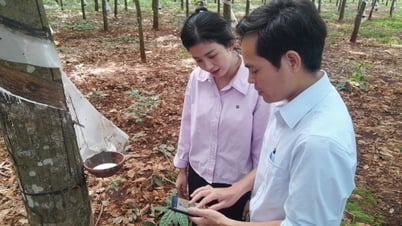

















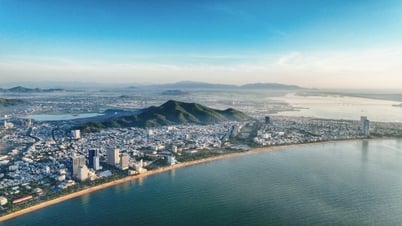

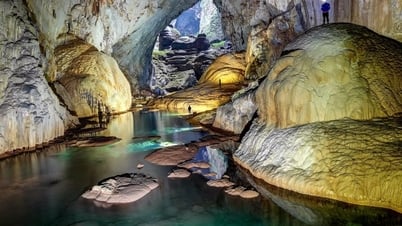








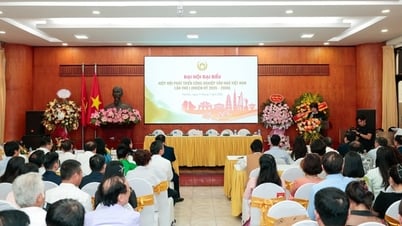






















Comment (0)